
This worksheet reviews position words.
- Subject:
- English Language Arts
- Mathematics
- Science
- Social Studies
- Material Type:
- Activity/Lab
- Provider:
- TLSBooks.com
- Author:
- T. Smith Publishing
- Date Added:
- 02/26/2019

This worksheet reviews position words.
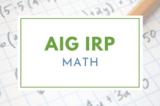
In this lesson students will use wooden shape blocks to create an animal/ then they will write directions to see if another student can rebuild the animal. The students will give each other feedback on how to improve their directions. This lesson was developed by NCDPI as part of the Academically and/or Intellectually Gifted Instructional Resources Project. This lesson plan has been vetted at the state level for standards alignment, AIG focus, and content accuracy.
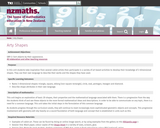
Students name 2-D shapes and describe their attributes.

This lesson is for Grades PreK - K on math. At Home Learning Lessons are a partnership between the North Carolina Department of Public Instruction, PBS North Carolina, and the William and Ida Friday Institute for Educational Innovation. Each lesson contains a video instructional lesson, a PDF lesson plan with a transcript, and a PDF file of extension activities.
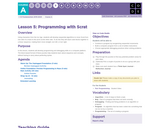
Using characters from the Ice Age, students will develop sequential algorithms to move Scrat from one side of a maze to the acorn at the other side. To do this they will stack code blocks together in a linear sequence, making them move straight, turn left, or turn right.
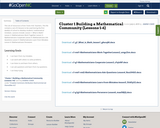
This set of resources is from Tools 4 NC Teachers.
This file contains a set of 6 lessons to be used during the first week(s) of school to develop students' mathematical mindsets. Lessons include:
Lesson 1: What is Math?
Lesson 2: Mathematicians Work Together
Lesson 3: Mathematicians Cooperate
Lesson 4: Mathematicians Ask Questions
Lesson 5: Mathematicians Learn from Mistakes
Lesson 6: Mathematicians Persevere

This electronic version of Concentration reinforces students' understanding of shapes. Students can play with clear panes or with the windows closed to match shapes with their names. The game can be played with one or two players and can also be used to practice addition and subtration facts, fractions and multiplication.

This kindergarten math unit contains 3 activities related to 3d shapes and kindergarten geometry.

This kindergarten math unit contains 3 activities that practice describing the relative positions of objects using positional terms.

In this activity students will work in pairs to go on a treasure hunt throughout the school. They will each be given a map to follow. When they arrive to a place there will be a large colorful shape. They must record the name of the shape and then answer a question about the four animal shapes near the shape. There will be four animals at every shape but only one is the correct answer. Then they will take a token and go to the next place on the map. This lesson was developed by NCDPI as part of the Academically and/or Intellectually Gifted Instructional Resources Project. This lesson plan has been vetted at the state level for standards alignment, AIG focus, and content accuracy.

Using nursery rhymes and a finger play, students will learn about spatial relationships and commonly used position words. Curriculum extension activities/adaptations/integration include common objects in the classroom.

This worksheet reviews position words.

The teacher will read The Little Red Fort by Brenda Maier. Then ask the students to design and build a fort for Ruby using tagboard or cardboard shapes.

After reading the book Clouds by Gail Saunders-Smith the students will get into groups of 2 to create their own clouds, using slime, and then discussing the type created, and turn and talk with a different team.

This parent guide supports parents in helping their child at home with the Kindergarten Math content.Within the folder you will access Parent Guide PDFs in FIVE Languages: Arabic, English, Hindi, Spanish, and Vietnamese to help on-going communication with caregivers.

This resource accompanies our Rethink Kindergarten Math Geometry unit. It includes ideas for use, ways to support exceptional children, ways to extend learning, digital resources and tools, tips for supporting English Language Learners and students with visual and hearing impairments. There are also ideas for offline learning.

This unit was created by the Rethink Education Content Development Team. This course is aligned to the NC Standards for Kindergarten Math.
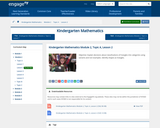
In this lesson, students explain decisions about classifications of triangles into categories using variants and non-examples and identify shapes as triangles.
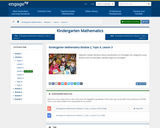
In this lesson, students explain decisions about classifications of rectangles into categories using variants and non-examples and identify shapes as rectangles.
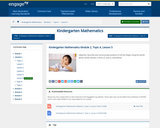
In this lesson, students describe and communicate positions of all flat shapes using the words above, below, beside, in front of, next to, and behind.